Some combos just work –peanut butter and chocolate, skin care and Sundays, red wine and bath time; they all just fit right. Some combos, however, (don’t get us started about pineapple on pizza) just aren’t as compatible. Serums aren’t dissimilar – layering is lush, yes, and it feels downright delightful packing on a zillion products, but it’s important to remember that certain ingredients go together better than others. So, whilst we have full confidence you’re not out there blending your retinol serum with your vitamin C (spoiler alert: don’t), we chatted to Rochelle Jacobs, Managing Director of Naturally Serious to find out more on how to mix the perfect complexion cocktail. Here’s how to master the art of serum layering.
RELATED: I’ve tried a zillion face serums and these are the best of the best
RELATED: What K-Beauty looks like in 2019
What exactly is serum layering and how does it work?
Well, it’s exactly what it sounds like—serum layering is the act of applying several serums at a time on top of each other to harness the benefits of a range of varied ingredients if you can’t find them all in one bottle. “Using more than one serum allows you to address a variety of skin concerns. For example, say your main concern is uneven skin tone but you’re also concerned about premature ageing—you could layer a brightening serum and anti-ageing serum together to cover all your concerns”, explains Rochelle.
Which ingredients should be paired together?
Pretty much everything comes with a set of pros and cons, and the ingredients within your serums are no different. When layering, try to think about what any one element offers your skin, as well as what it may compromise in your complexion as a result. These are the most popular (and effective) combos:
Vitamin E + Vitamin C
“Vitamin E is incredible because it’s great on its own, but plays well with other ingredients. For example, while vitamin E is known for conditioning, nourishing and providing powerful antioxidant benefits, it also helps amplify the performance of vitamin C”, explains Rochelle. Yep, by pairing these two serum superstars together you’ll see all the regenerating and brightening benefits of vit-C (enhanced even more by vit-E’s noble presence), without the irritation that often comes along for the ride, as vitamin E is the ultimate in soothing and nourishing. All gain, no pain.
Try:The Body Shop Vitamin E Overnight Serum-in-Oil + Andalou Turmeric + C Enlighten Serum

Retinol + Hyaluronic Acid
“Another ingredient combination that I suggest is retinol and hyaluronic acid. Using a nightly retinol serum may cause dryness and applying a hydrating hyaluronic acid serum can help combat that”, she says. Retinol will fight visible signs of ageing like no other ingredient, but the youthful glow can be overshadowed by dryness. Pairing it with a hydration-restoring element like hyaluronic acid will help to combat the moisture loss and by applying both, you’re left with a win-win (and amazing skin).
Try: Murad Resurgence Retinol Youth Renewal Serum + La Mav® Hyaluronic Acid Hydra-Max Serum

AHAs + BHAs
“Lastly, alpha hydroxy acids (AHAs) and beta hydroxy acids (BHAs) complement each other, so be sure to layer that AHA glycolic acid anti-ageing serum with your BHA salicylic acid pore-minimising serum”, says Rochelle. A double dose of acid may sound scary, but don’t stress; AHA’s help to peel away the dull layer of skin hiding the glowy goodness underneath, smoothing and regenerating the skin, while BHAs dive deeper into pores to extract dead cells and excess sebum. Use them together and you’re looking at a balanced, blemish-free complexion with next-level luminosity.
Try: Alpha-H Liquid Laser Concentrate + Dermalogica AGE Bright Clearing Serum

Are there any ingredients that don’t play well together?
Now for the combos that should steer clear of one another. Some simply counteract the good work the other is doing, and some are downright dangerous; these are the ingredients that just don’t mesh. “Vitamin C is an incredible ingredient that provides tons of antioxidant benefits, but only if used correctly. Pairing vitamin C with acidic ingredients like AHAs and BHAs won’t harm your skin, but it can actually reduce the strength of the vitamin C. Alternatively, using vitamin C with retinol can cause irritation, says Rochelle. “Speaking of retinol, you should also be wary of using retinol with AHAs, BHAs and benzoyl peroxide. Luckily, there’s a workaround. Just because these ingredients shouldn’t be layered directly on top of each other doesn’t mean that you can’t use them separately! For example, you could use your vitamin C serum in the morning and your retinol serum at night”, she explains.
How would you go about layering serums with different consistencies?
Basically, start with your lightest product and build from there. “A general rule of thumb when building up your skin care routine is to layer in order of thin to thick – this tends to be true for serums, too”, explains Rochelle. “After cleansing, you want to start with your water-thin serum, and then layer your gel-based serum and cream serum on top. Have an oil-based serum in your routine? Even though it has a thinner consistency, hold off on applying this until last! Applying an oil-based serum early on in your routine may prevent your water-based serums from fully absorbing. Oil-based serums are better last, because they help lock in moisture… and all the benefits of your other serums! You can apply your oil-based serum alone after your other serums or, if you prefer, you can mix a few drops in with your moisturiser to save time”, she says. If you find the thought of applying multiple serums exhausting, save your lengthier routine for just before bed – and try to apply them all even when you’re tired. They’ll do all their impressive work while you rest and your skin will be very grateful come morning when multiple issues improved overnight.
If you’re not into layering and would prefer to get multiple benefits from one formula, try the Naturally Serious Supercharge Anti-Oxidant Moisture Serum ($74, sephora.com.au)
Main image credit: Getty Images
Do you layer your serums? What are your favourite combinations?
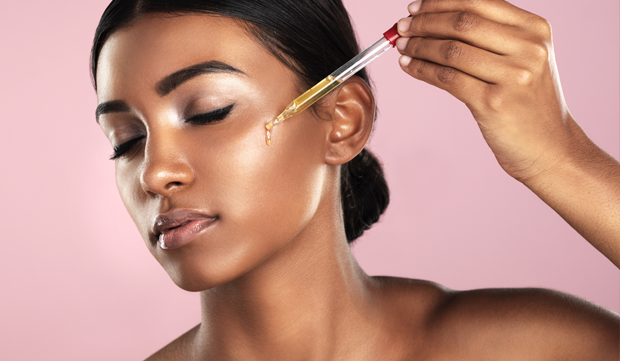

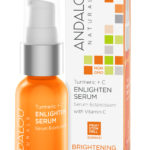
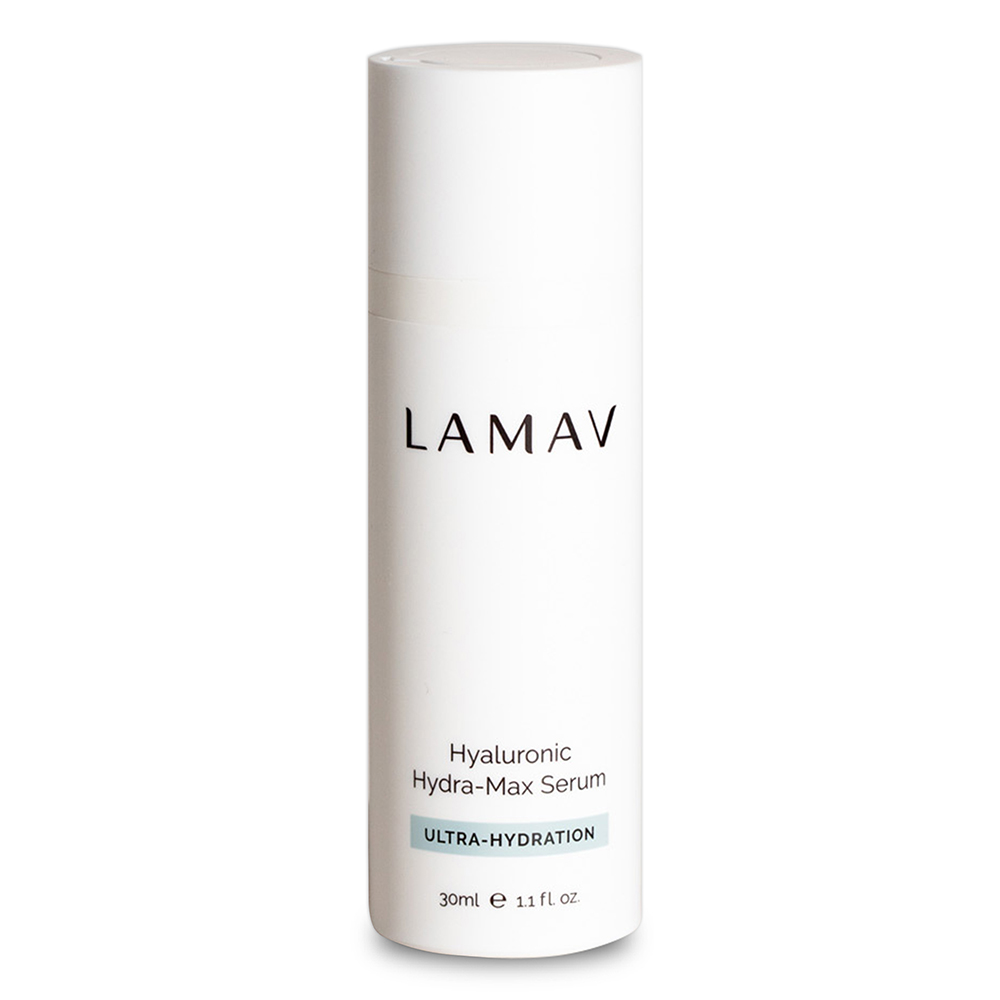
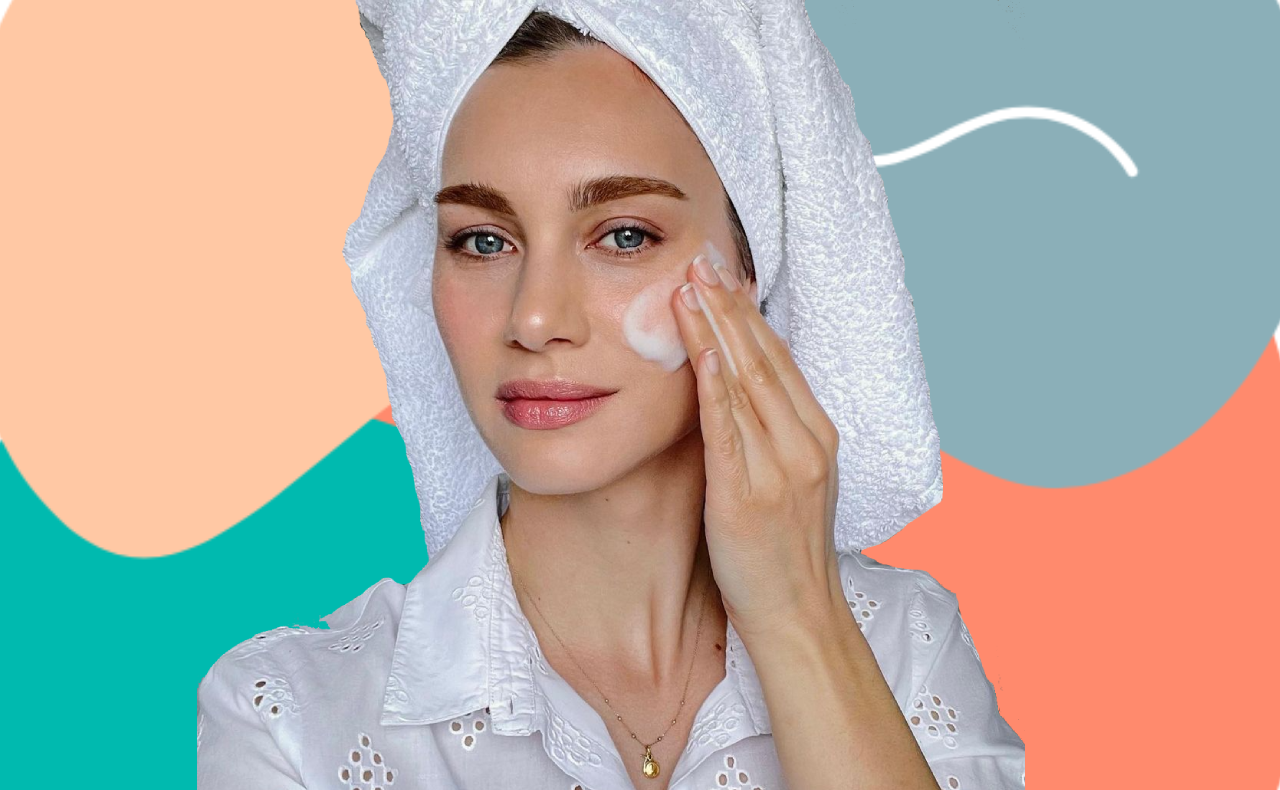
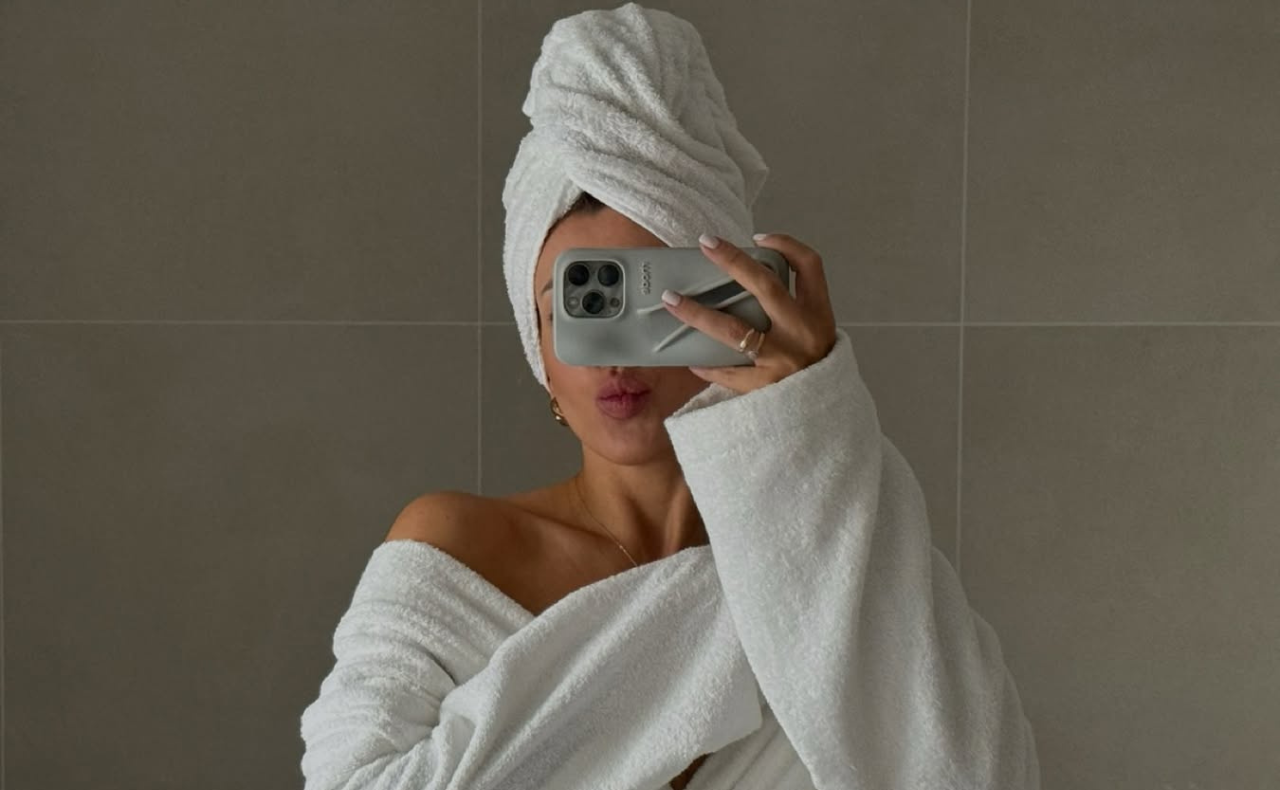


I do use different serums but not together
Love this, It’s a great guide to start on how to layer serums, I’m going to try this as I’ve only been using one at at time
What I find tricky is working out which serums shouldn’t be used together.
Same here. I’m trying to reduce the amount I use at any given time.
I have done serum layering before but I prefer to use only one product on my face at a time
What’s your go to product?
I’ve recently tried using one serum om my cheeks (broken capillaries/spider veins here) and another on the rest of my face
I like using serums as spot treatments too!
How do I favourite this article?